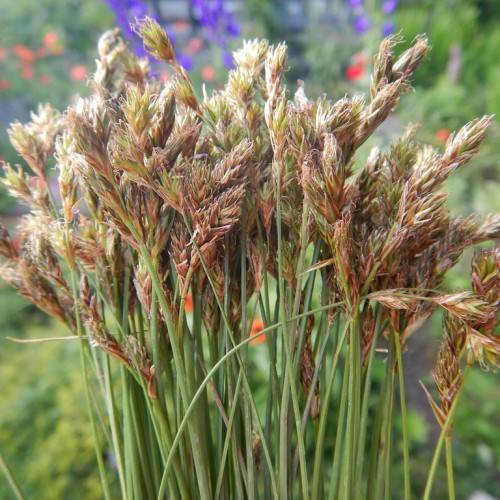
Northern Meadow Sedge
Carex praticola
Also Known As - Meadow SedgeWatering:
Frequent
Hardiness Zone:
Sun:
full sun,part shade
Leaf:
Yes
Growth Rate:
Low
Drought Tolerant:
Yes
Salt Tolerant:
Yes
watering
Prairie Sedge should be watered every 7-10 days, depending on the weather and the growing conditions. This species requires moist, well-draining soil so avoid watering too much. Likewise, water infrequently enough that the soil does not become completely dry and saturated. An average amount of water that is sufficient for this species is 1-2 inches per week. Water should be evenly distributed around the plant, preferably in the morning to allow the plant to make use of the water throughout the day.
sunlight
Prairie Sedge is a sun loving plant species that does best in full sun exposure. It can tolerate some slight mid-day shade, but it thrives in 6 to 8 hours of direct sunlight. During summer months, it should receive full sun exposure for the majority of the day. During the winter months, its sunlight requirements may be slightly reduced. To ensure the healthiest growth, it should be planted in the sunniest spot in the garden.
pruning
Prairie Sedge should be pruned twice a year, once in late winter or early spring and again in late summer or early fall. Pruning should be done lightly, removing no more than 1-third of the plant's foliage at a time. In late winter or early spring, remove only the dead or damaged foliage. In late summer or early fall, thin out and remove any overcrowded or diseased foliage. Take care when pruning to avoid cutting into healthy, living growth.
